After passing a precedent-setting bylaw to restrict the height of commercial wind turbines in the County of St. Paul, the same Council has issued a strong joint letter to Alberta Premier Danielle Smith and Minister of Affordability and Utilities, Nathan Neudorf.
The letter was signed by County Reeve Glen Ockerman; Mayor Parrish Tung on behalf of the Town of Elk Point; Mitch Sylvestre, President of the United Conservative Party Bonnyville-Cold Lake Constituency; and Scott Cyr, MLA of the same region.
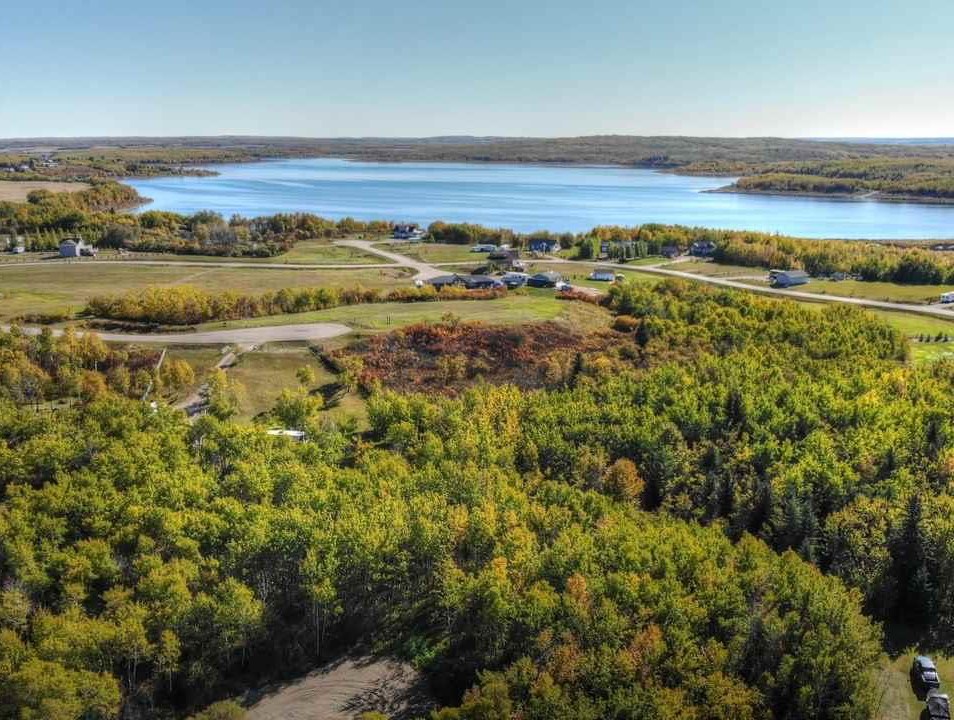
The address begins by praising the Premier for beginning to take steps to limit the expansion of solar and wind renewables. But the rest of the letter focuses on “commercial wind energy projects” because of their “vertical footprint.”
The letter takes exception to the draft map released by the Alberta Government earlier in the month that only considers the mountains and foothills as “pristine viewscapes” that will be protected by a 35km buffer zone. The signatories rather point out:
Our unique landscape — with the North Saskatchewan River, numerous recreational lakes, Provincial and Municipal Parks, campgrounds, Iron Horse Trail, Moose Hill, Kinosoo Ski Resort and Fort George and Buckingham House — are making this a growing tourist and recreational destination. Will the government recognize this region’s pristine viewscapes?
Letter to Premier, March 15, 2024; signed by County of St. Paul, Town of Elk Point, Mitch Sylvestre UCP, MLA Scott Cyr
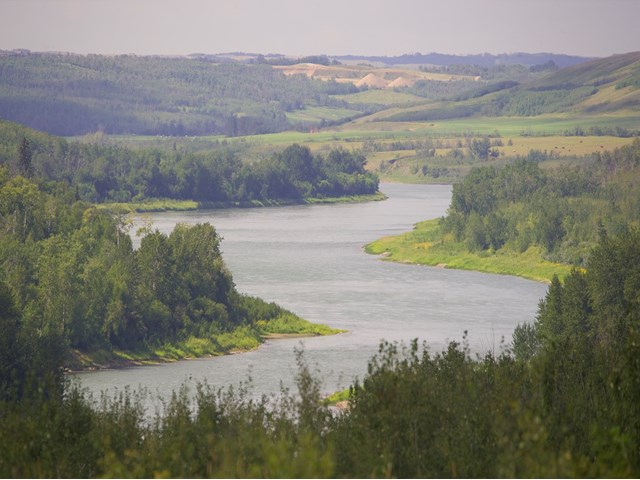
Photo: Travel Alberta
The letter notes that, as of February 2, 2024, the North Saskatchewan River has been declared a “Canadian Heritage River” (though a public announcement is still forthcoming). It’s also designated by the province as a Key Wildlife and Biodiversity Zone, and new data shows a proposed wind turbine site would land right on top of the Endangered Whooping Crane’s summer grounds.
The letter then quotes the Premier’s words from her February 28th press conference:
‘Albertans have been vocal that they don’t want large-scale developments to interfere with our province’s most beautiful natural features. You cannot build wind turbines the size of the Calgary tower in front of a UNESCO World Heritage site…. You cannot build turbines… in your neighbour’s backyards.’ We strongly agree, especially given that recent proposed wind proponents in this particular area chose highly populated rural residential areas for their projects. What protections will the government enact to protect people’s “backyards” and our ability for future residential development?
Letter to Premier. (cf. A Blow to Big Wind?)
The letter concludes asking the Premier and Minister Neudorf to:
- Enforce a 35km buffer zone along the entire North Saskatchewan River in Alberta within the County of St. Paul as a “prohibited area” for commercial wind energy projects.
- Recognize the unique aspects of the Bonnyville-Cold Lake-St. Paul region as a “pristine viewscape” and growing tourist region and, therefore, off-limits to future development of commercial wind energy projects.
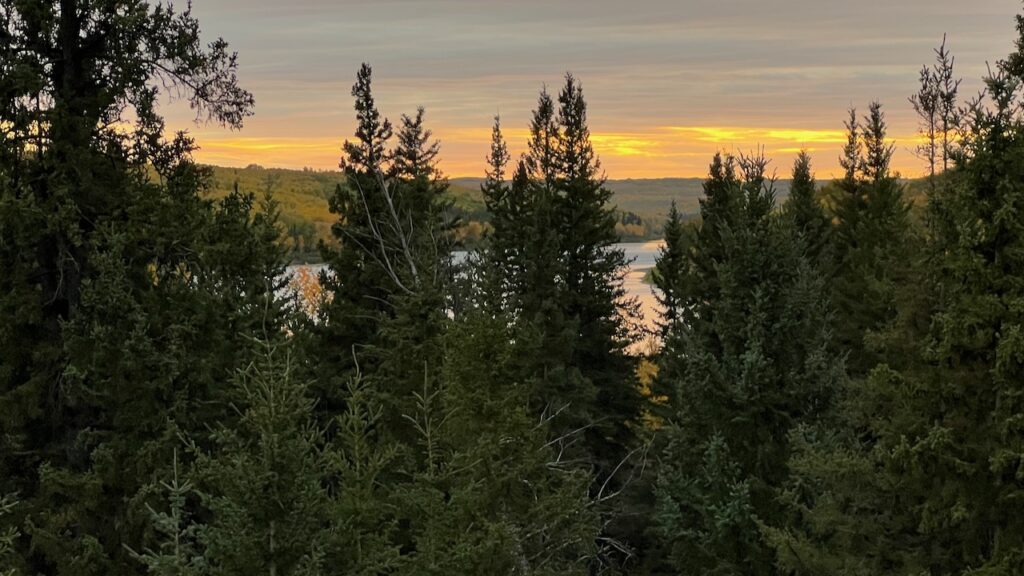
in the Northern Valley
First Nations’ Concerns
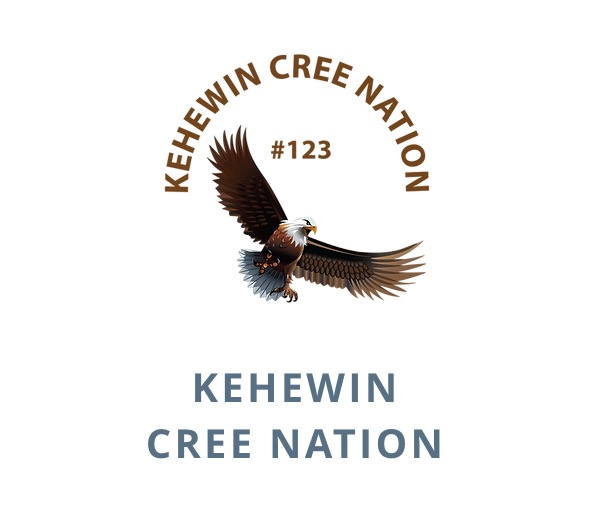
Enclosed was a separate letter from Chief Trevor John of Kehewin Cree Nation. A copy was sent to Wind Concerns. That letter is addressed to Elemental Energy, the Vancouver-based corporation behind the proposed Northern Valley wind project that would be built on “traditional territory” just south of Kehewin reserve lands. The letter raises concerns over impacts on “hunting, trapping and fishing” in the region since “Many of our members rely on the wildlife and environment in this area for their livelihood,” writes Chief John.
As Wind Concerns has pointed out in numerous articles and studies, adverse impacts on wildlife and livestock have been well-documented, including a court case won by Indigenous in Norway for $10 million USD damages due to the impacts of wind turbines on Reindeer herds.1
Reports of adverse effects on animals located near IWTs [Industrial Wind Turbines] indicate that there may be a temporal relationship between proximity to wind turbines and stress-related reactions and adverse effects on fertility, development, and reproduction. AHEs [Adverse Health Effects] in animals that have been attributed to proximity of IWTs include reproduction and teratogenic effects in the USA,[120,121] Canada,[122,123] Denmark,[124] and Japan;[125] deformities in Portugal;[65] mortalities in Canada, France,[126,127,128,129] and Taiwan;[130,131] stress in the UK;[132] and other effects. (See original link here for footnotes).
“Wind turbines and adverse health effects: Applying Bradford Hill’s criteria for causation”,
Dumbrill et al., Sept. 2021
“The response from Northern Alberta is loud and clear,” says Wind Concerns Editor-in-Chief, Mark Mallett. “This is a growing and beautiful tourist area and a delicate ecological zone. There would be no quicker way to ruin the amazing landscapes here and jeopardize the integrity of the environment than by erecting offshore-sized wind turbines. The civic leaders here, on every level, are pushing back against the free-for-all attitude of wind energy corporations and the rubber-stamping of the Alberta Utilities Commission. The message is that commercial wind turbines are not appropriate here. Nor, in our opinion, do they belong anywhere, given their overwhelming negative impacts.”
- cf. earthisland.org[↩]
Wind Concerns is a collaboration of citizens of the Lakeland Alberta region against proposed wind turbine projects.

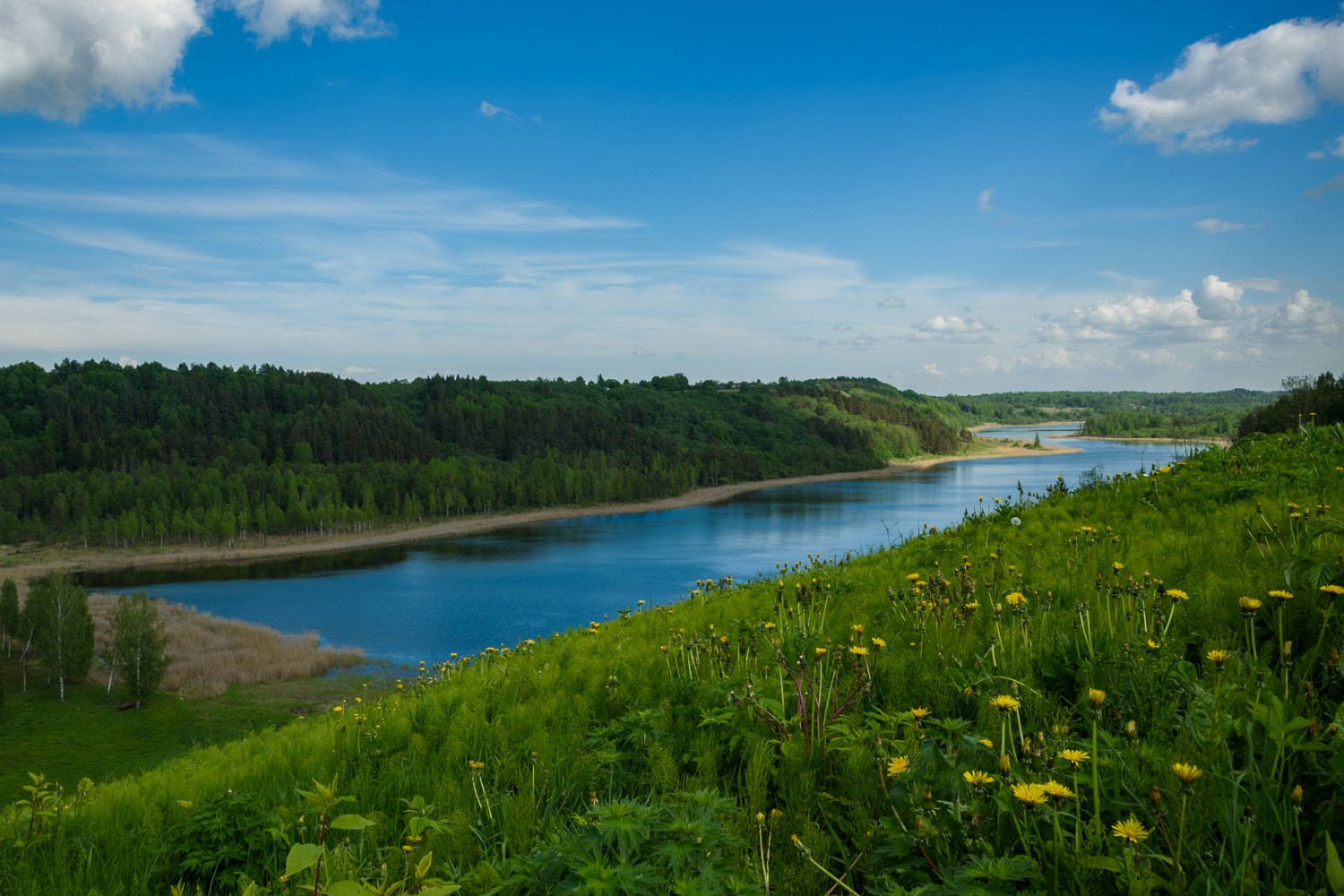

Excellent article of facts and common sense. Recently I saw an aerial photo of a “ wind farm” and was startled to see that every turbine location has road access to the site of the base of the turbine. In other words, a very significant portion crop land, hay and pasture land was now useless, dominated by a spiderweb of access roads.
Jack, maybe you saw the ridiculous siting of turbines in Ontario on #1 prime farmland in Huron County. They even surrounded parcels of rare and otherwise idyllic residential/recreational land where families live and have always felt safe to hike. bike and run.
Dr. Mariana Alves-Pereira visited and upon arrival said she had never seen such “stupid” siting. When she showed the siting map to a large audience of professionals in France, after explaining the evidence of harm, the audience members gasped. The video was in the public domain. She has publicly declared that she would not live within 20 km of a single turbine and yet our residents were forced to be surrounded by them. WC Alberta has done an excellent article on her harm to health research.
And still, no government has had what it takes to stand up and protect their constituents…not even Doug Ford, who promised to do so before he was elected.
I am curious of the abundance amounts of lubricants to maintain. As well as how vast the amount of cost to build, the pollution to build these destructive monstrosities.
Not only unsightly , but cataclysmic to the wildlife, the ecosystem!!!!!
I see many not running in the vermilion area and wonder why are they still inoperative? Cost? Maintenance? They stand there doing nothing but taking up space, monsters that are uninviting and decimate nature all around.
Concerned about pollutions…., trying to find wind to be a replacement? Does not make sense… kills wildlife, noise, decimates nature… pollution is exactly what it is. If It walks and quacks like a duck, it is a flipping duck!!!!
Wind turbines are beasts , who prey on all of its surroundings.
STOP!!!!! Think!!!!
Life and scenery.
Until real science and studies have been done , stop all new wind and solar production . The research and devastation coming out of other countries really needs to be heard and heeded. Let’s not follow a woke climate agenda like sheep off a cliff . Protect all of our climate .